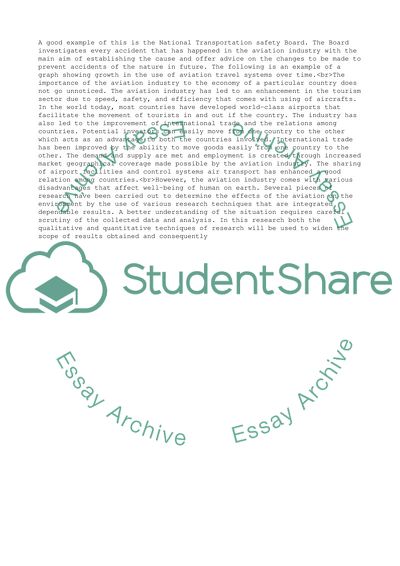Cite this document
(Environmental Impact of Aviation (Noise Pollution) Research Paper, n.d.)
Environmental Impact of Aviation (Noise Pollution) Research Paper. https://studentshare.org/environmental-studies/1875197-environmental-impact-of-aviation-noise-pollution
Environmental Impact of Aviation (Noise Pollution) Research Paper. https://studentshare.org/environmental-studies/1875197-environmental-impact-of-aviation-noise-pollution
(Environmental Impact of Aviation (Noise Pollution) Research Paper)
Environmental Impact of Aviation (Noise Pollution) Research Paper. https://studentshare.org/environmental-studies/1875197-environmental-impact-of-aviation-noise-pollution.
Environmental Impact of Aviation (Noise Pollution) Research Paper. https://studentshare.org/environmental-studies/1875197-environmental-impact-of-aviation-noise-pollution.
“Environmental Impact of Aviation (Noise Pollution) Research Paper”. https://studentshare.org/environmental-studies/1875197-environmental-impact-of-aviation-noise-pollution.


